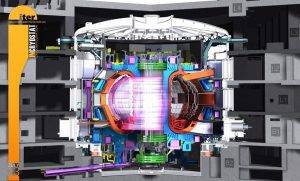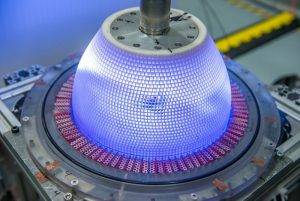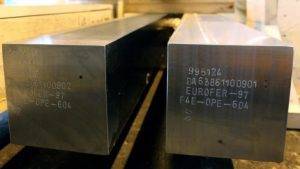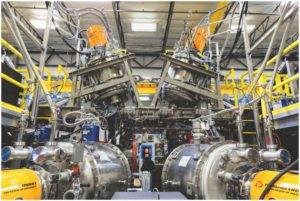Introduction
As the world’s energy demands increase, it is estimated that over the next 100 years, the world will need a total of 0.2 yotta joules or about five times as much power as humans have consumed over the past several centuries. If the currently available energy deriving methods were to be continued, carbon emissions from fossil fuels would cause global temperatures to rise above tenable levels in just 30 years. Though, zero-carbon sources such as solar, wind, etc., might offer reasonable alternatives, these cleaner options are prohibitively expensive.1 Some energy experts believe that, power derived from nuclear fusion could become a promising option for replacing fossil fuels as the world’s primary energy source and also, could play a pivotal role in addressing climate change issues.2
Fusion power generates electricity from the heat of nuclear fusion reactions in which two lighter atomic nuclei combine to form a heavier nucleus, while releasing energy, in the form of plasma. Fusion reactors are the devices designed to confine the plasma to harness energy. There are various methods for confining the plasma in nuclear reactors such as gravitational (e.g., alpha process, CNO cycle, etc.), magnetic (e.g., tokamak, stellarator, etc.), inertial (e.g., laser-driven, magnetized liner inertial fusion, etc.), electrostatic (e.g., fusor, polywell, etc.), and others (e.g., muon-catalyzed, magma, etc.).3
Even though the concept of nuclear fusion has been around for nearly a century, with the Russians making the first nuclear reactor in the 1960s to test various scientific theories,4 the major step toward reaching this goal is the initiation of ITER (International Thermonuclear Experimental Reactor) project, a 35-nation collaboration to design, build and operate an experimental reactor to achieve and sustain a fusion reaction for a very short period of time. ITER will be the world’s largest tokamak, a donut-shaped configuration for the containment of the plasma, where the reaction at temperatures hotter than the Sun will take place.2






